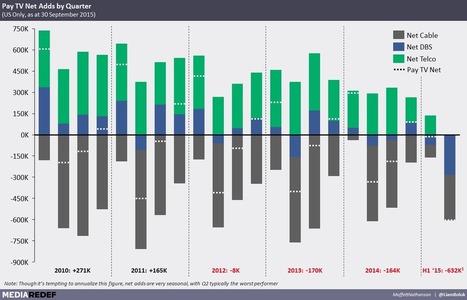Apple has more than $1 billion budgeted for original programming, Facebook wants its own version of “Scandal” and Google is ready to spend up to $3 million per episode on a drama.
The three digital giants have signaled to Hollywood that they are serious about entering a television landscape that Netflix and Amazon shook up just a few years ago. Their arrival will make an already hypercompetitive industry even more ferocious. This year, there are expected to be more than 500 scripted TV shows, more than double the number six years ago.
Although there have been some signs that the industry’s output may plateau — cable companies like A&E and WGN have said they are getting out of the scripted television business — the entry of Apple, Facebook and Google into the fray almost guarantees that the volume of shows will continue to grow, even as viewers grapple with a glut of programming and an expanding number of streaming platforms.
With the prospect of a flood of tech money about to rush in, Hollywood has welcomed the news....



 Your new post is loading...
Your new post is loading...














The arrival of Apple, Facebook and Google means that the hypercompetitive world of scripted TV is going to become even more ferocious.